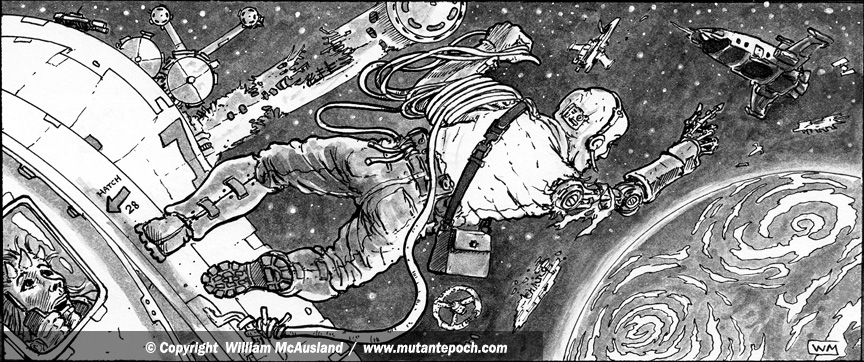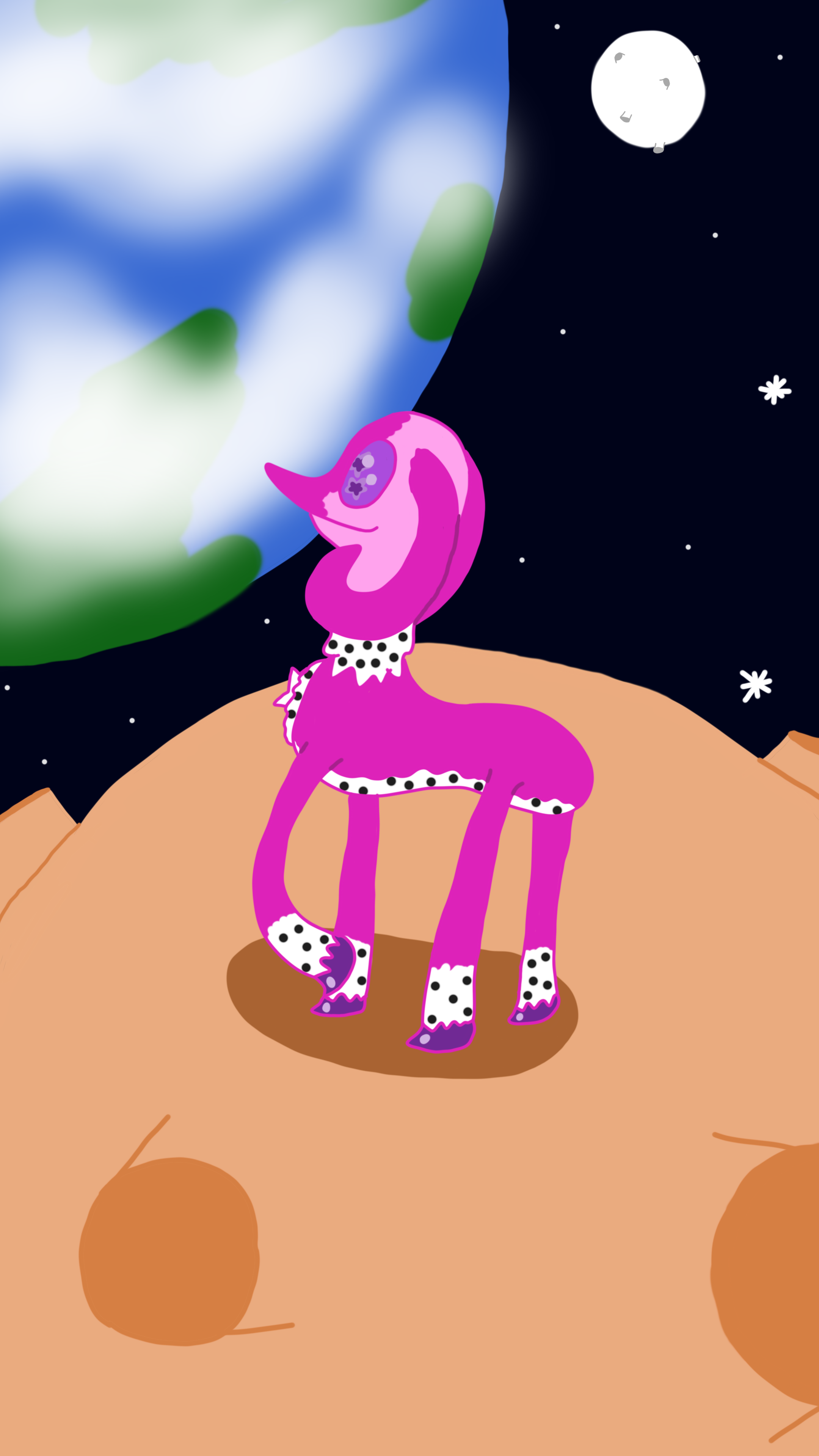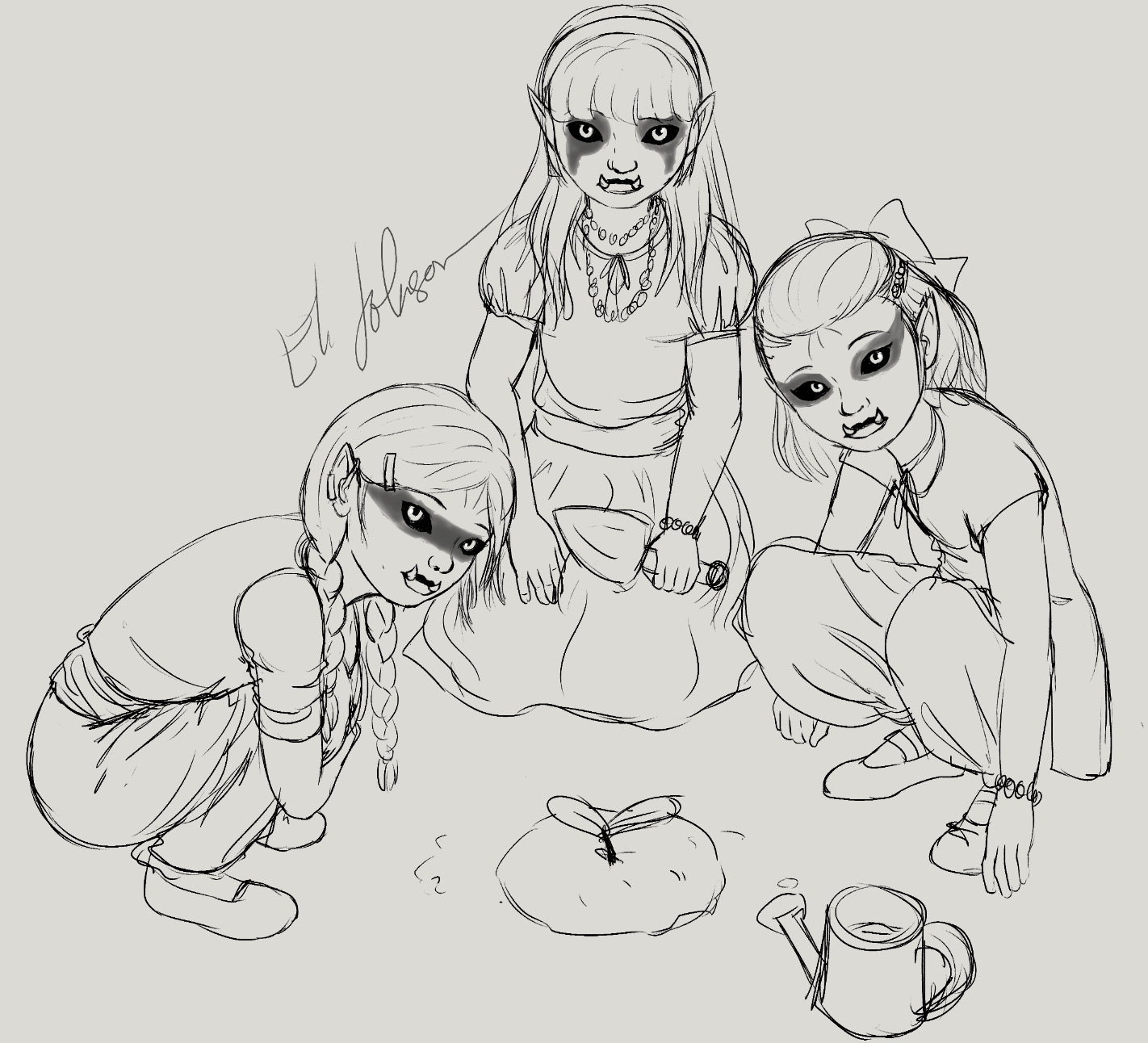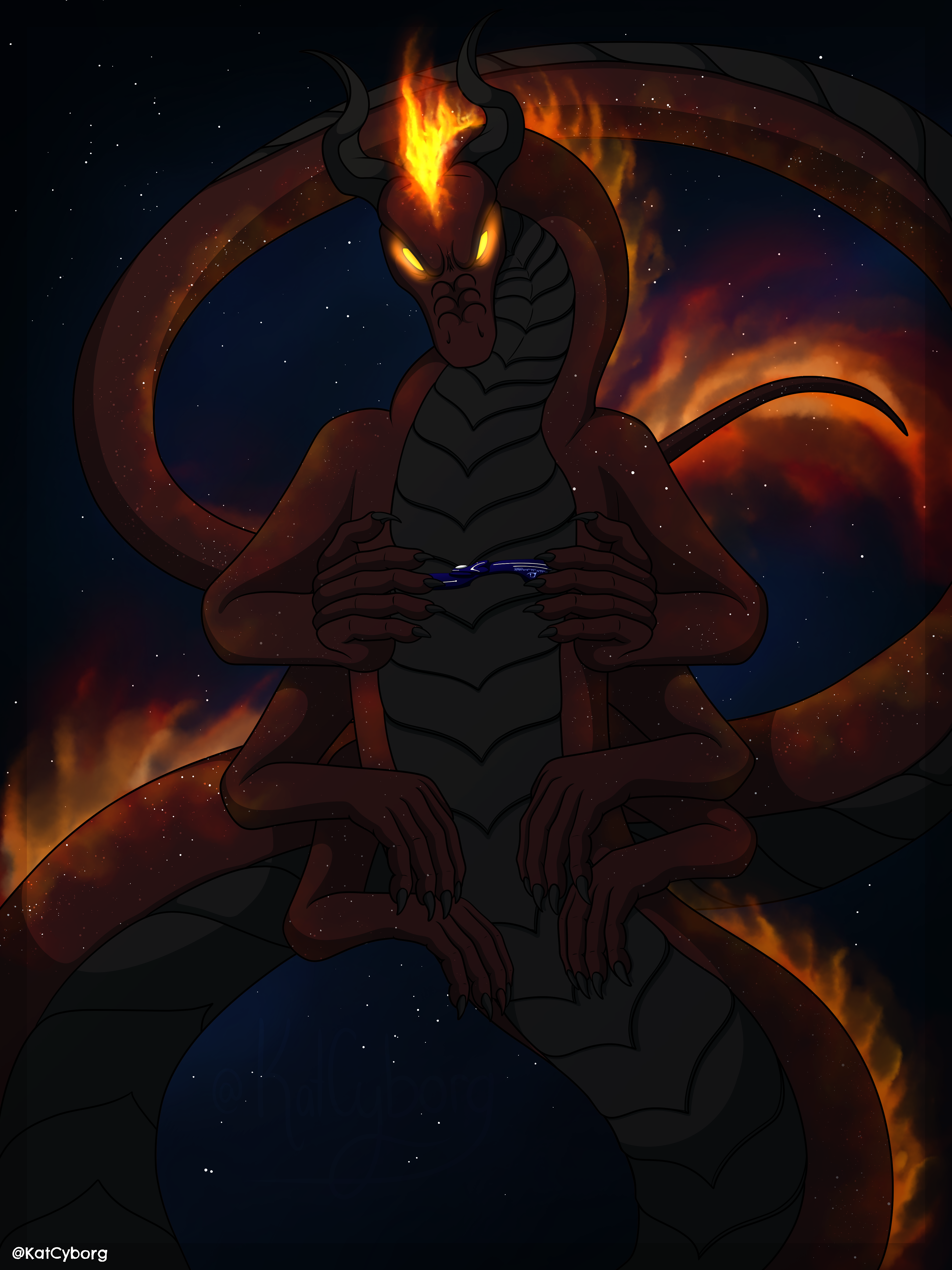The excitable, Harpsai space bureaucrat.
Harpsai- The 43rd of 74 transhuman subspecies recognized by the Tichordia Concord. These transhumans are best recognized by bluish skin pigment, reflective white hair and mustard biosynth corneas. The population is dispersed mostly in the Neptunian orbits and Trojans, Haumae, Pluto and a small community in the asteroid belt. As of 2370, the total population is estimated at 75,000, making Harpsai somewhat rare amongst the general populace.
The subspecies is sexually monomorphic, induced hermaphrodites. All Harpsai are born female, though the process through which females are induced to males is a culturally sensitive subject. Several hundred Harpsai had given birth prior to the Tichordia Concord, therefore the population is considered self sustaining and there are currently no labs producing Harpsai. As of 2373, just over one hundred subspecies members are born annually, though this number is expected to increase drastically when third generation Harpsai reach maturity in the 2380s.
While the Harpsai community is proud of their genetic heritage, they are not unified by governance or religion. Like all members of the Concord, they maintain a cultural embassy in the Kuiper Alliance.
Harpsai- The 43rd of 74 transhuman subspecies recognized by the Tichordia Concord. These transhumans are best recognized by bluish skin pigment, reflective white hair and mustard biosynth corneas. The population is dispersed mostly in the Neptunian orbits and Trojans, Haumae, Pluto and a small community in the asteroid belt. As of 2370, the total population is estimated at 75,000, making Harpsai somewhat rare amongst the general populace.
The subspecies is sexually monomorphic, induced hermaphrodites. All Harpsai are born female, though the process through which females are induced to males is a culturally sensitive subject. Several hundred Harpsai had given birth prior to the Tichordia Concord, therefore the population is considered self sustaining and there are currently no labs producing Harpsai. As of 2373, just over one hundred subspecies members are born annually, though this number is expected to increase drastically when third generation Harpsai reach maturity in the 2380s.
While the Harpsai community is proud of their genetic heritage, they are not unified by governance or religion. Like all members of the Concord, they maintain a cultural embassy in the Kuiper Alliance.
The excitable, Harpsai space bureaucrat.
Harpsai- The 43rd of 74 transhuman subspecies recognized by the Tichordia Concord. These transhumans are best recognized by bluish skin pigment, reflective white hair and mustard biosynth corneas. The population is dispersed mostly in the Neptunian orbits and Trojans, Haumae, Pluto and a small community in the asteroid belt. As of 2370, the total population is estimated at 75,000, making Harpsai somewhat rare amongst the general populace.
The subspecies is sexually monomorphic, induced hermaphrodites. All Harpsai are born female, though the process through which females are induced to males is a culturally sensitive subject. Several hundred Harpsai had given birth prior to the Tichordia Concord, therefore the population is considered self sustaining and there are currently no labs producing Harpsai. As of 2373, just over one hundred subspecies members are born annually, though this number is expected to increase drastically when third generation Harpsai reach maturity in the 2380s.
While the Harpsai community is proud of their genetic heritage, they are not unified by governance or religion. Like all members of the Concord, they maintain a cultural embassy in the Kuiper Alliance.
0 Comments
0 Shares
32 Views











